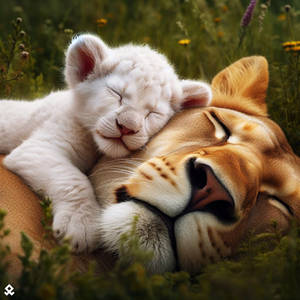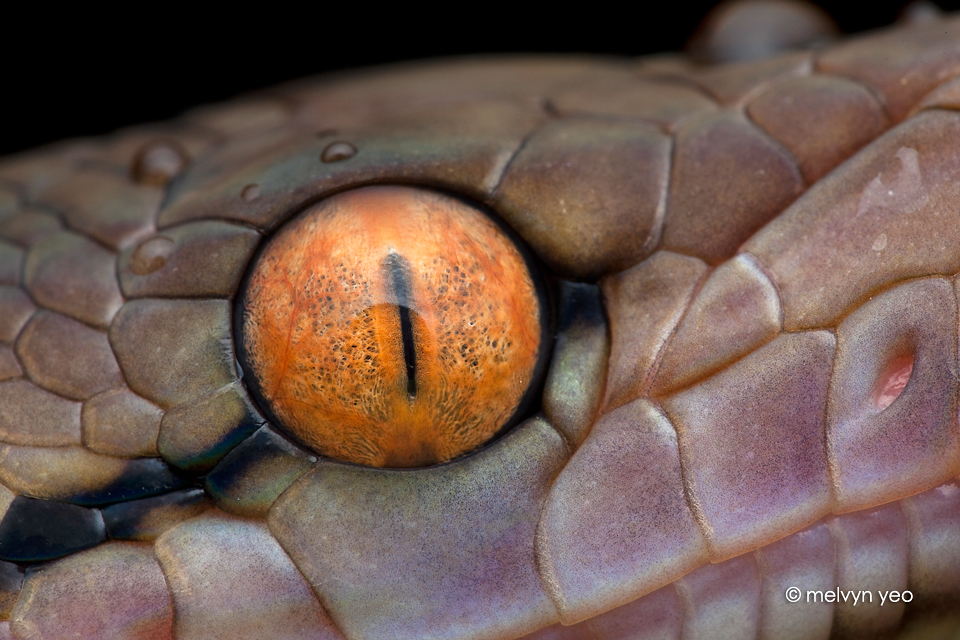ShopDreamUp AI ArtDreamUp
Deviation Actions

AI art: national wildlife animals
the default size is 512 to 1024, but all images are being resized.✅without deviantart_watermark+ upload verious size 2048/3072/4096✅But please note that my initials are in it.
$5/month
Suggested Deviants
Suggested Collections
You Might Like…
Featured in Groups
Description

Quote from en.wikipedia.org/wiki/Python_r…
This species is the largest snake native to Asia. More than a thousand wild reticulated pythons in southern Sumatra ranged in length from 1.5 to 6.5 m (4.9 to 21 ft) in length and in weight from 1 to 75 kg (2.2 to 165 lb).[6] In general, reticulated pythons with lengths of more than 6 m (20 ft) are rare, though according to the Guinness Book of World Records it is the only extant snake to regularly exceed that length.[7] A reticulated python of the same length as a Green anaconda may weigh only half as much as the bulkier anaconda.[7] One of the largest scientifically measured specimens, which was from Balikpapan, East Kalimantan, Indonesia, was measured under anesthesia at 6.95 m (22.8 ft) and weighed 59 kg (130 lb) after not having eaten for 3 months.[4] Widely published data of specimens that were reported to be several feet longer have not been confirmed.
Even the specimen once widely accepted as the largest-ever "accurately" measured snake, that being Colossus, a male kept at the Highland Park Zoo (now Pittsburgh Zoo & PPG Aquarium) in Pittsburgh, Pennsylvania, during the 1950s and early 1960s, with a peak reported length of 8.7 m (29 ft), recently turned out to be wrong. When Colossus died on April 14, 1963, its body was deposited in the Carnegie Museum of Natural History. At that time its skeleton was measured and found to be 20 ft 10 in (6.35 m) in total length, significantly shorter than the measurement previously published by Barton and Allen. Apparently, they had been adding a few extra feet to the measurements to compensate for "kinks", since it is virtually impossible to completely straighten an extremely large live python. Too large to be preserved with formaldehyde and then stored in alcohol, the specimen was instead prepared as a disarticulated skeleton. The hide was sent to a laboratory to be tanned, but it was either lost or destroyed.
Numerous reports have been made of larger snakes, but since none of these were measured by a scientist nor any of the specimens deposited at a museum, they must be regarded as unproven and possibly erroneous. In spite of what was for many years a standing offer of $50,000 for a live, healthy snake over 9.1 m (30 ft) long by the New York Zoological Society (NYZS), known since 1993 as the Wildlife Conservation Society (WCS), no attempt to claim this reward was ever made.
Skull diagram
The color pattern is a complex geometric pattern that incorporates different colors. The back typically has a series of irregular diamond shapes flanked by smaller markings with light centers. In this species' wide geographic range, much variation of size, color, and markings commonly occurs.
In zoo exhibits the color pattern may seem garish, but in a shadowy jungle environment amid fallen leaves and debris it allows them to virtually disappear. Called disruptive coloration, it protects them from predators and helps them to catch their prey.
The smooth dorsal scales are arranged in 69-79 rows at midbody. There are deep pits on 4 anterior upper labials, on 2 or 3 anterior lower labials, and on 5 or 6 posterior lower labials.
Image size
960x640px 501.97 KB
Make
Canon
Model
Canon EOS 5D Mark II
Shutter Speed
1/160 second
Aperture
F/16.0
Focal Length
100 mm
ISO Speed
320
Date Taken
Oct 4, 2013, 11:16:05 PM
Sensor Size
6mm
© 2013 - 2024 melvynyeo
Comments86
Join the community to add your comment. Already a deviant? Log In
Animal eyes look like portals to other dimensions



































